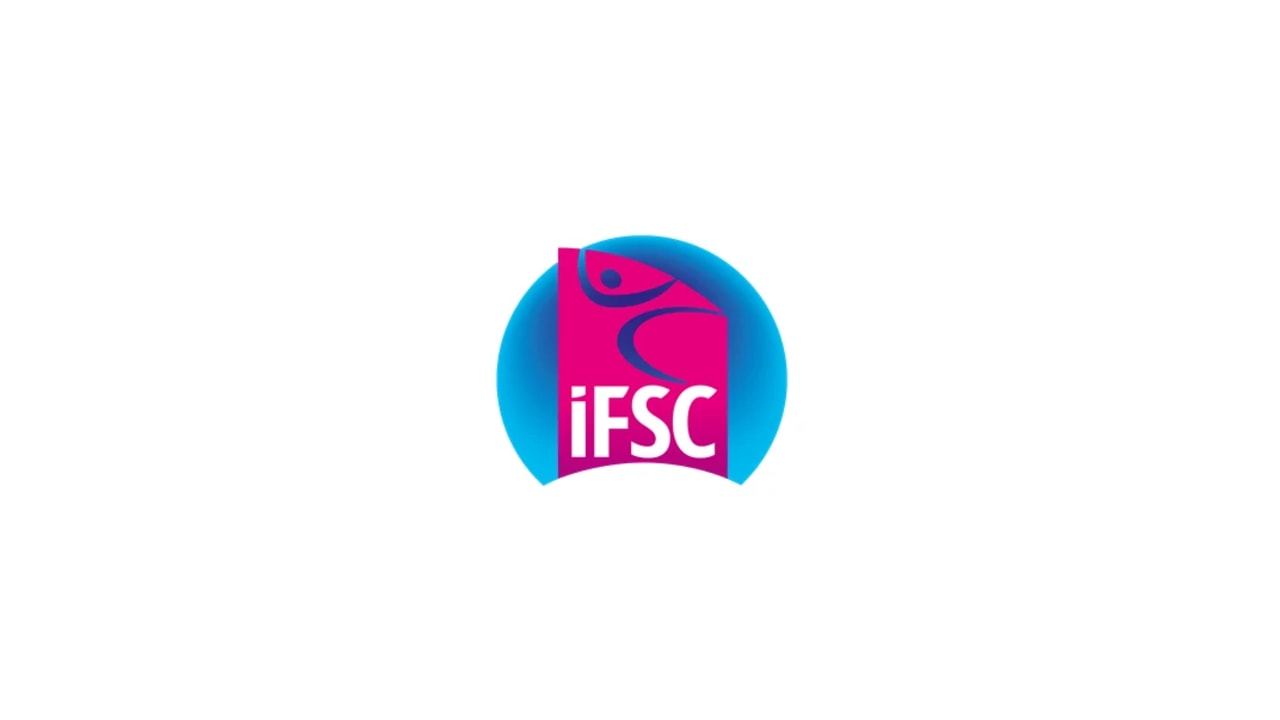Mastering the art of optimizing content for search engines can be the key to unlocking higher visibility and driving organic traffic to your website. But where do you start? SEO consultants and strategy managers have weighed in with their expert insights, offering a range of actionable strategies. From analyzing competitor content to leveraging the latest optimization tools, these seventeen tips will guide you through the essential steps to enhance your SEO strategy and climb the search engine rankings.
- Analyze Competitor Content
- Focus on Unique Keywords
- Include Primary and Secondary Keywords
- Shift Focus to Conversion Content
- Prioritize User Intent
- Utilize Structured Data
- Target Relevant Questions and Topics
- Optimize Meta Tags and Descriptions
- Use Relevant Keywords Naturally
- Monitor Content Performance
- Check Content Readability
- Integrate Biometric Data
- Use Surfer SEO Tool
- Implement AI-Powered Content Clustering
- Match Content to Genuine Interest
- Conduct Thorough Keyword Research
- Try Powerful Tools like Cognitive SEO
Optimize Content for Search Engines
Analyze Competitor Content
One of the most effective ways to optimize content for search engines is to analyze the results that the search engines are showing for that topic. For example, if you’re creating content on whether dogs or cats make better pets, and hope to attract traffic from Google, you should look at the content that’s performing well in Google for that topic. There, you can learn so much about the content that’s satisfying users on that topic. You can see what type of content Google is showing, like blog posts, list posts of pros and cons, image or video content, see the common questions people are asking in a People Also Ask section, and much more.
By analyzing further and clicking on the best-performing pages, you can take note of what makes their content great through the subtopics they cover, their use of media, helpful tips or guides they’ve created, FAQ sections, and how in-depth and engaging their content is. This process is referred to as competitor or SERP analysis, and it’s important to redo this analysis often as search engines’ algorithms update frequently and the search results (your competition) may change over time.
Lauren Galvez, SEO Consultant, laurengalvez.com
Focus on Unique Keywords
Each keyword is unique—and all content should be approached with that in mind. Keyword research involves uncovering the priority keywords for a business as well as analyzing competing content and pages for each of the keywords. Human-written and relevant, comprehensive content usually wins out here, with some help from AI for deep dives on subtopic keywords, questions, and fleshing out content analysis.
The overall goal is to create a piece of content that is better than anything existing for the specific keyword(s). You start by looking at the keyword’s page 1 and end by ensuring each piece is regionally relevant, especially when publishing in multiple languages to rank in different places. Image and other elements or ‘extras’ of a page, as I call it, are also observed to ensure that our new content will outperform.
Jenna Hernandez, SEO Strategy Manager, Status Labs
Include Primary and Secondary Keywords
The simplest yet most crucial thing to include in any piece of content is keywords. This is the thing that will ensure your content climbs the search engine ladder but also targets the exact words and phrases your audience is searching for. This includes both primary and secondary keywords, which can be found through platforms such as Ahrefs.
When choosing a primary keyword, this will be the main keyword that you want to target and will need to be included in things such as your H1 (heading 1), meta details, and tags. You will also want to do some prior research into what phrases or questions are predominantly being searched for when focusing on this keyword. In terms of secondary keywords, these will be used for all your other headings and might include low-hanging fruit keywords or just a slightly longer version of your primary keyword. For example, if your primary keyword is diamond rings, your secondary keyword may be white diamond rings or gold diamond rings.
Annie Everill, Digital marketing executive, Imaginaire
Shift Focus to Conversion Content
Based on my experience with Web3 and SaaS projects, optimizing content for search engines is most effective when structured as a pyramid rather than a funnel. Most companies focus on awareness and top-of-the-funnel content, but this approach often fails to fulfill commercial objectives beyond traffic increases.
At my agency, we shifted the focus to conversion. We start with a strong foundation of product-led content that directly drives users, leads, revenue, and profit, constituting 20% of our content. We then support this with educational content, which comprises 80% of our strategy, to onboard users, build topical authority, and reinforce the conversion content.
Victoria Olsina, Web3 SEO Agency Founder, VictoriaOlsina.com
Prioritize User Intent
I prioritize many factors to optimize content for search engines. One of the factors is user intent, which is finding the search intent of target customers or audiences. Creating content based on user intent always has a higher success rate. For instance, user-intent keywords will drive viewers to open the link and read the content. They are likely to believe in getting benefits from the content.
There are four types of user intent in SEO: navigational, informational, transactional, and commercial investigation. Brands can use the best category depending on their target audiences and create content accordingly. I usually use informational user intent to make my target clients discover my services.
Jeremy Bogdanowicz, Founder & CEO, JTB Studios
Utilize Structured Data
In my experience, structured data is one of the best ways to optimize your sites for search engines in 2024. Structured data, such as schema markup, helps search engines understand the context and details of your content and website as a whole. Adding this to my site helped us get more rich snippets through Google, like our star ratings and FAQs, which has drastically improved our visibility and click-through rates.
Benjamin Rojas, Co-Founder, All in One SEO
Target Relevant Questions and Topics
We start by targeting questions and topics that people are actually searching for. There’s some quick technical optimizations, like making sure the URL slug and title tag are clear and relevant. However, the most important part is creating content that our end-users will not only enjoy but also want to share. The old-school way was to fill up a page with spammy keywords. Find a bunch of relevant keywords, stuff them into your content (whether it makes sense or not), and call it a day.
Google is sophisticated enough to see through these tactics. There’s no point in trying to game the system. Instead, focus on creating content your users will truly love. Make it engaging, fun, and shareable. Include graphics, videos, and other interactive elements (if it makes sense). The goal is to provide real value to your audience. When people find your content genuinely useful and entertaining, they’ll be a lot more likely to share it with others. That’s the best way to optimize content for search engines.
David Martirosian, Founder, Galaxy Growth Media
Optimize Meta Tags and Descriptions
Optimizing Meta Tags and Descriptions: A critical aspect of our SEO strategy is the optimization of meta titles and descriptions. These elements are crucial as they are the first interaction potential visitors have with our content on the search-results page.
Our team crafts compelling meta titles and descriptions that not only include targeted keywords but also invoke curiosity and provide a clear value proposition. This not only improves click-through rates but also aligns with search intent, ensuring that the content meets the expectations of users once they land on the page. We also ensure these tags are of optimal length, avoiding truncation in search results, which can diminish the effectiveness of our message.
Marc Bishop, Director, Wytlabs
Use Relevant Keywords Naturally
Optimizing content for search engines requires careful consideration of search engine algorithms and user intent. One of the most important tips is to use relevant keywords naturally in the body text. Search engines evaluate pages based on the keywords found in the content, so including the most relevant keywords in a natural way, as opposed to stuffing them, will help the page rank for those terms.
For example, if writing about “how to optimize content for search engines,” including those exact words once or twice naturally in the text, along with related terms like “content SEO,” “search engine optimization,” and “keyword research” will signal relevancy to search engines. Identify the most important keywords related to your topic and work them into the text in a natural way. Overuse of keywords can seem spammy.
Huma Shaikh, SEO Consultant, Mitt Arv
Monitor Content Performance
Keep an eye on your content. Doing so will make you see the performance of your content, which can help improve your upcoming campaigns. Also, you will be able to determine the trends, making your brand more competitive and relevant. Additionally, if you audit or keep track of your content regularly, you can adjust or change it according to the algorithms of different search engine platforms.
Kai Cromwell, Founder, New Seas
Check Content Readability
Always check the readability. It’s an important step that many SEO experts skip. A high readability score makes your content more accessible. The average adult has a reading comprehension level equal to a 12- or 14-year-old. Search engines also do a better job of analyzing the content.
Google is more likely to understand the intent of the content when you focus on making it more readable. I use short sentences with an average of 12 words. Using short paragraphs also helps. It makes it easier for people to scan the content and find the information that they want.
Dan Brown, Founder and CEO, Textun
Integrate Biometric Data
At our company, we’re investigating the integration of biometric data to tailor content experiences uniquely to each user. This involves using data such as eye-tracking to understand what parts of a page draw more attention and adjusting content dynamically to suit individual engagement patterns.
Such personalized experiences can drastically improve user satisfaction and engagement, leading to better SEO outcomes as search engines increasingly prioritize user-focused metrics in their algorithms.
Jason Hennessey, CEO, Hennessey Digital
Use the Surfer SEO Tool
My favorite easy way to optimize my blog posts for search engines is to use Surfer SEO! Surfer is an AI-driven tool that helps me by telling me exactly which words and phrases need to be in each article. It gives me a target word count, tells me how many images to include, and even helps me audit articles after they’ve been posted. It’s a huge help with SEO, and I noticed a big increase in my blog rankings on Google when I started to use it.
Eddy Ballesteros, CEO, Balle Solutions LLC
Implement AI-Powered Content Clustering
As a marketing coach and consultant, I’ve observed a significant shift in SEO strategies towards more holistic content approaches. One cutting-edge technique that’s gaining traction is AI-powered content clustering. This innovative method goes beyond traditional keyword optimization by creating interconnected topic hubs that boost overall domain authority and search visibility.
Content clustering leverages artificial intelligence to analyze and group related content pieces, forming a comprehensive network of information around a central theme. This approach not only helps search engines better understand the context and depth of your content but also improves user experience by providing a more organized and thorough exploration of topics. By implementing this strategy, marketers can create a robust content ecosystem that naturally attracts both search engines and users.
The beauty of AI-powered content clustering lies in its ability to identify semantic relationships and content gaps that humans might overlook. This allows for more strategic content creation and linking, ultimately leading to improved search rankings across a broader range of related keywords. As search algorithms continue to evolve toward understanding user intent and context, this approach positions your content to meet future SEO demands while providing genuine value to your audience.
Greg Davis, Owner, Azola Creative
Match Content to Genuine Interest
Emphasizing keyword research is one of the main ways I maximize material for search engines. I recall collaborating with a small neighborhood bookshop seeking to increase its web presence. Rather than wondering what people might search for, I looked into keyword research and discovered terms like “rare books in [city]” and “best bookshops near me” were common.
We began naturally including these particular keywords into the material on the website. For instance, we modified the webpage to showcase their rare book collection and created blog posts about local literary events. This little change had a big impact. The bookshop started to show better on search results, and we clearly noticed more natural traffic. More importantly, the guests demonstrated a genuine interest in the bookshop’s offerings. This encounter let me realize the need for focused keyword research. Understanding what potential clients are looking for helped us draw the right audience and greatly increase the bookshop’s online presence.
Kal Dimitrov, Content & Marketing Expert, Enhancv
Conduct Thorough Keyword Research
We’ve been optimizing content for search engines for a long time, and we’re always happy to help our customers get started! The first step is to conduct thorough keyword research to determine what your target audience is looking for, and then include these keywords smoothly into your content, meta tags, and headers. It’s important to prioritize developing top-notch, captivating content that genuinely connects with your readers because search engines love what users love!
Enhance your website’s performance by optimizing images, improving page-load speed, and ensuring that it’s conducive to mobile viewing. Establish strong backlinks and regularly update and refresh your content. Through consistent effort and meticulous analysis, you’ll witness a significant boost in your search engine rankings.
Gabriel Kaam, CEO, KNR Agency
Try Powerful Tools like Cognitive SEO
The fastest way to optimize content is with tools. We used to use tools for Cognitive SEO, which is still a great company. A simpler path for most people would be to just use ChatGPT and add an extension plugin like AIPRM, which has pre-made commands to help guide ChatGPT to get what you want from it. Once you learn how to guide ChatGPT, you can do just about anything.
Matt Rose, CEO, Oregon Web Solutions LLC





